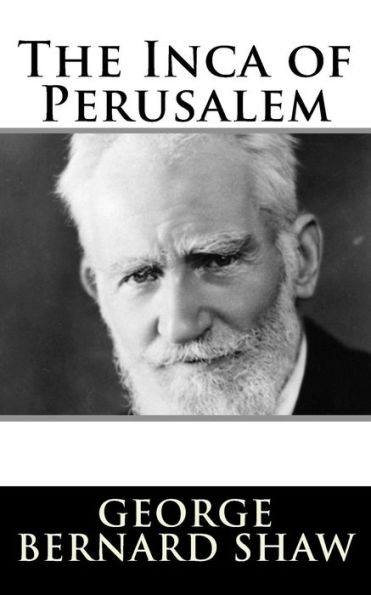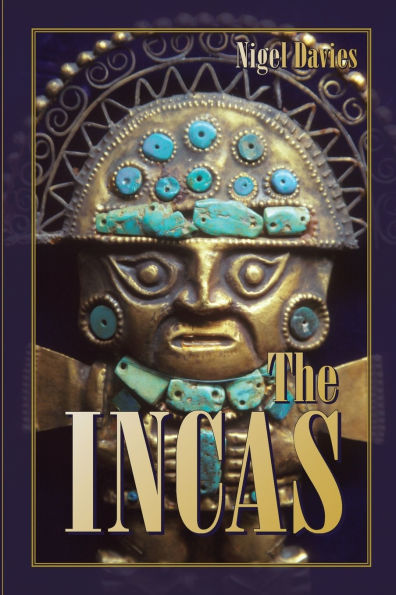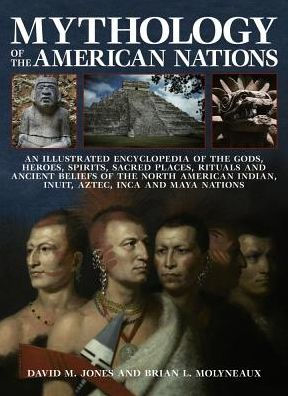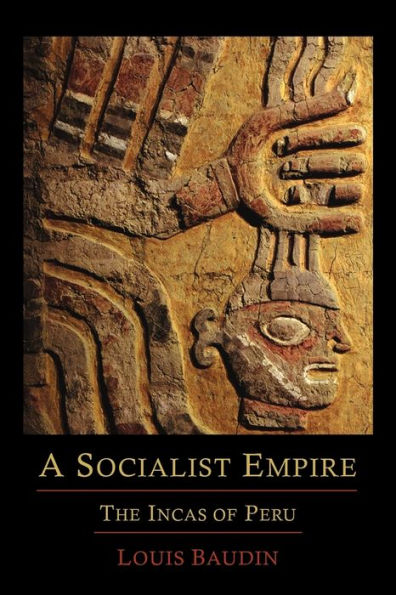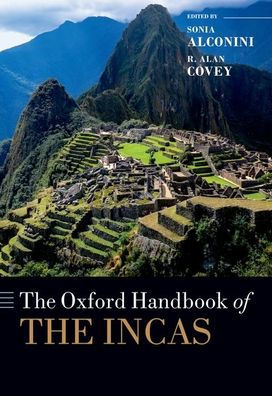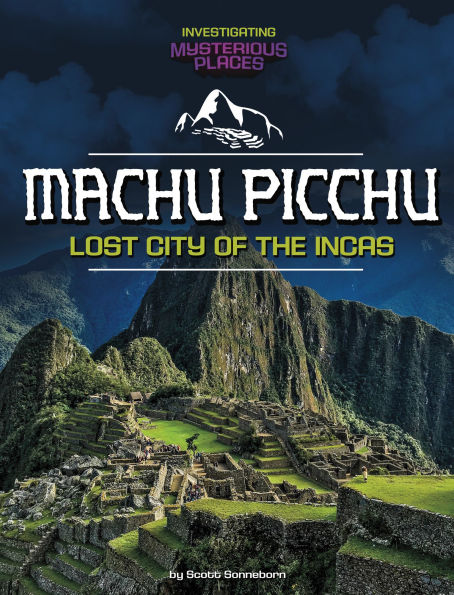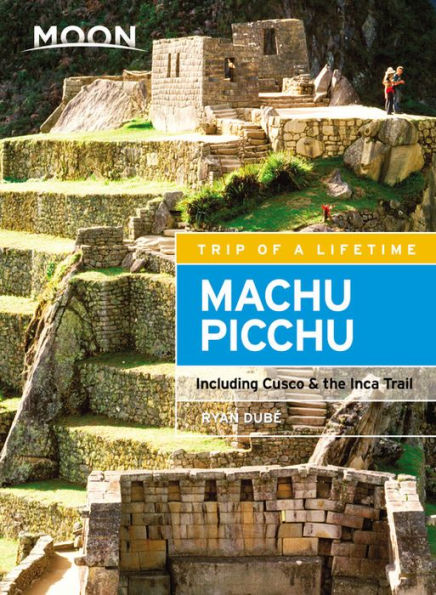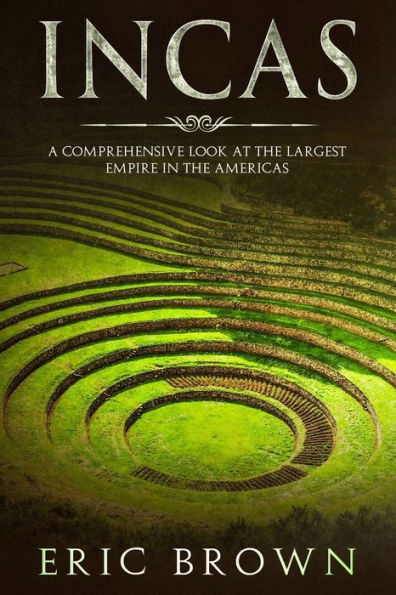Home
Encyclopedia of the Incas
Barnes and Noble
Encyclopedia of the Incas
Current price: $114.00
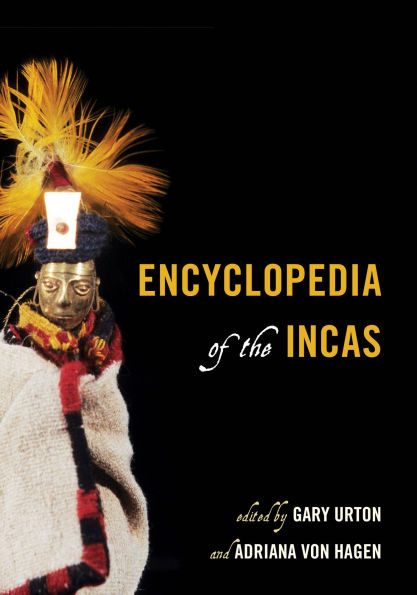

Barnes and Noble
Encyclopedia of the Incas
Current price: $114.00
Size: Hardcover
Loading Inventory...
*Product information may vary - to confirm product availability, pricing, shipping and return information please contact Barnes and Noble
The Inca Empire existed for fewer than 100 years, yet ruled more subjects than either the Aztecs or the Maya and occupied a territory stretching nearly 3000 miles. The Incas left no system of writing; what we know of them has been gleaned from the archaeological record and accounts written following the Spanish invasion. In this A-to-Z encyclopedia, Gary Urton and Adriana von Hagen, together with over thirty contributors, provide a broad introduction to the fascinating civilization of the Incas, including their settlements, culture, society, celebrations, and achievements.
Following a broad introduction, 128 individual entries explore wide-ranging themes (religion, architecture, farming) and specific topics (ceremonial drinking cup, astronomy), interweaving ethnohistoric and archaeological research with nuanced interpretation. Each entry provides suggestions for further reading. Sidebars profiling chroniclers and researchers of Inca life—ranging from José de Acosta and Cristóbal de Albornoz to Maria Rostworowski and R. Tom Zuidema—add depth and context for the cultural entries. Cross-references, alphabetical and topical lists of entries, and a thorough index help readers navigate the volume. A chronology, selected bibliography, regional map, and almost ninety illustrations round out the volume. In sum, the
Encyclopedia of the Incas
provides a unique, comprehensive resource for scholars, as well as the general public, to explore the civilization of the Incas—the largest empire of the pre-Columbian New World.
Following a broad introduction, 128 individual entries explore wide-ranging themes (religion, architecture, farming) and specific topics (ceremonial drinking cup, astronomy), interweaving ethnohistoric and archaeological research with nuanced interpretation. Each entry provides suggestions for further reading. Sidebars profiling chroniclers and researchers of Inca life—ranging from José de Acosta and Cristóbal de Albornoz to Maria Rostworowski and R. Tom Zuidema—add depth and context for the cultural entries. Cross-references, alphabetical and topical lists of entries, and a thorough index help readers navigate the volume. A chronology, selected bibliography, regional map, and almost ninety illustrations round out the volume. In sum, the
Encyclopedia of the Incas
provides a unique, comprehensive resource for scholars, as well as the general public, to explore the civilization of the Incas—the largest empire of the pre-Columbian New World.
